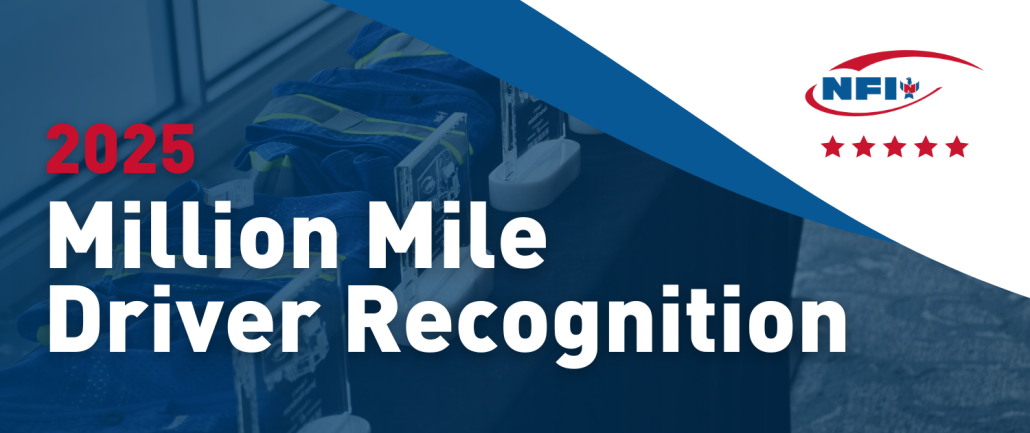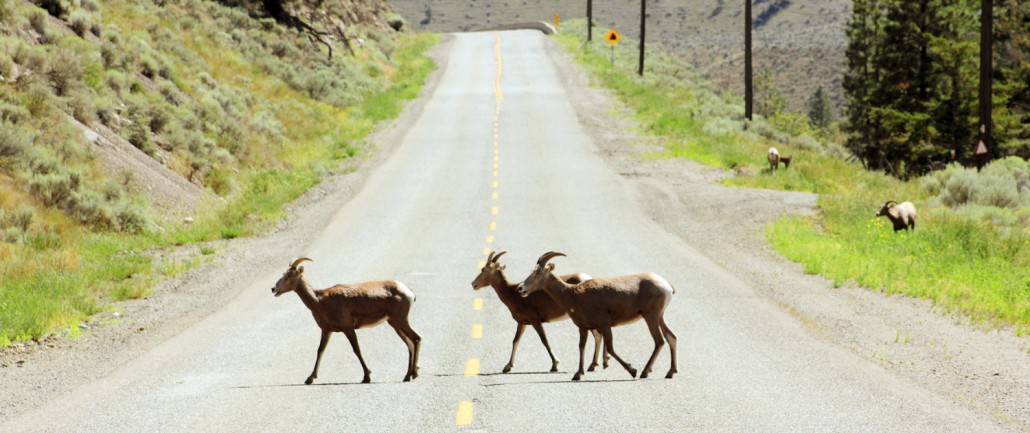 When you spend most of your time behind the wheel, a good app can make the difference between a smooth trip and a stressful one.
When you spend most of your time behind the wheel, a good app can make the difference between a smooth trip and a stressful one.
Whether you’re planning routes, checking weigh stations, finding a place to park, or managing your health, there’s an app for just about everything. Many of the best tools are completely free or available at a low cost, making them a great addition to your everyday routine.
Keep reading to learn more about some of the best apps every truck driver should consider downloading before hitting the road.
GPS and Route Planning Apps
A dependable GPS app is the foundation of any driver’s toolkit. While most smartphones come with built-in navigation, truck drivers need more specialized options that account for height limits, weight restrictions, and hazardous material routes.
SmartTruckRoute 2 is a popular app designed for truck drivers. It uses truck-specific data to plan safe and efficient routes, avoiding roads where your rig might not fit or be allowed. It also provides real-time traffic and weather updates. While the app offers a free trial, full access costs a few dollars per week or month, depending on your plan.
If you prefer a completely free option, Google Maps and Apple Maps still work well for general navigation and local routes, especially when combined with your own knowledge of truck-friendly roads. Many drivers also use Waze, which relies on user updates to report traffic jams, accidents, and hazards in real time.
Weigh Station and Inspection Checkers
Knowing what’s ahead can save a lot of time and stress. Apps that track weigh stations and inspection sites help you stay informed and compliant.
Weigh My Truck, created by CAT Scale, lets drivers pay for and receive scale tickets right from their phones, saving time by avoiding the need to park and walk inside.
Trucker Path is another essential tool for weigh station information. It provides real-time updates from other drivers about whether weigh stations are open or closed. The app also includes parking availability, fuel prices, and truck stop reviews, making it an all-in-one resource.
Rest Stop and Parking Finders
Finding safe and convenient parking is one of the toughest challenges on the road. Fortunately, several apps help drivers locate open spaces and plan rest breaks more easily.
Park My Truck, developed in partnership with the National Association of Truck Stop Operators, shows available parking at participating rest areas, truck stops, and other facilities across the country.
Truck Parking Club is another favorite among drivers looking for reliable parking solutions. The app connects drivers with private property owners who have extra space for trucks, providing safe and legal places to park. You can reserve spots in advance, see real-time availability, and read reviews from others who have stayed there.
Fuel Price Trackers
Every penny you save at the pump adds up over time. Apps that monitor fuel prices can help you plan stops and stretch your fuel budgets further.
GasBuddy remains a favorite among drivers for finding the cheapest fuel nearby. It allows users to report and compare prices in real time, and frequent contributors can earn rewards and discounts.
For professional drivers, Fuelbook is especially useful. It tracks over 12,000 diesel prices at truck stops across North America and includes information about discounts, accepted payment cards, and amenities. Both apps are free, though Fuelbook offers premium upgrades for fleet management.
Health and Fitness Apps
Life on the road can make it difficult to stay active and eat well. Health and fitness apps can help drivers track progress, stay motivated, and find creative ways to exercise during breaks.
FitOn and Nike Training Club both offer free workout plans that don’t require special equipment, which makes them ideal for parking lot or rest stop workouts. You can choose from short strength, stretching, or cardio sessions that fit into busy schedules.
For tracking steps and activity levels, Google Fit and Apple Health work seamlessly with smartphones and most smartwatches. These apps also log sleep, heart rate, and nutrition goals to help you stay balanced on long hauls.
If you’re looking to improve your diet, MyFitnessPal allows you to log meals and snacks to monitor calories and nutrients. It’s free, with optional paid features for more detailed insights.
Logbook and Compliance Tools
Staying compliant with Hours of Service (HOS) regulations is essential for every driver. A reliable electronic logging app helps ensure accuracy and makes inspections easier.
Motive (formerly known as KeepTruckin) is one of the most trusted names in electronic logs. The app automatically tracks driving hours, alerts you to upcoming breaks, and stores inspection reports. It integrates with electronic logging devices for fleets but can also be used by independent drivers.
BigRoad is another user-friendly option that offers both a free logbook and a paid version with additional compliance tools. It’s simple to use and keeps all records organized in one place.
Wondering about other ways to stay ahead of the curve in the transportation industry in 2025? Be sure to check out more posts on our blog and connect with us on social media!

 NFI Industries once again recognized the dedication and professionalism of its drivers with this year’s
NFI Industries once again recognized the dedication and professionalism of its drivers with this year’s 




